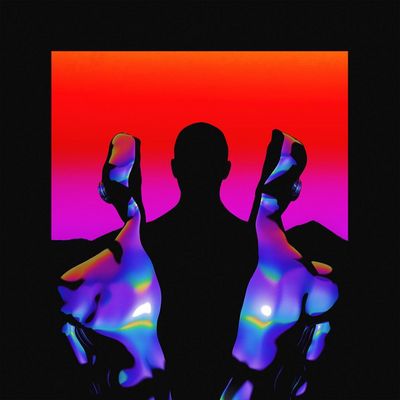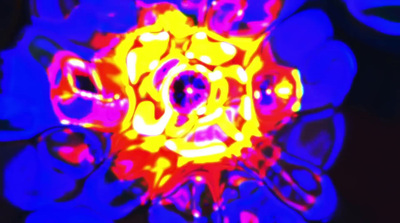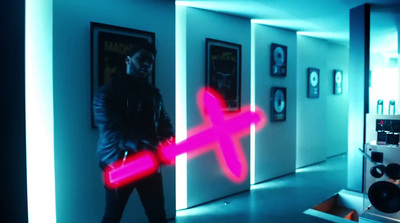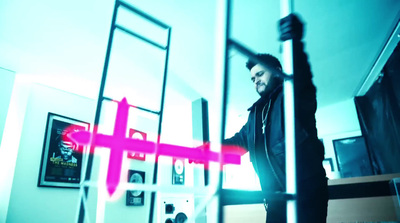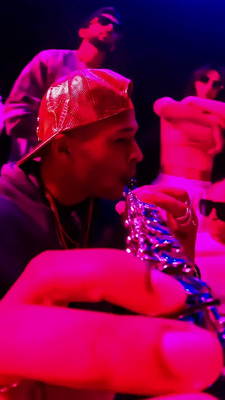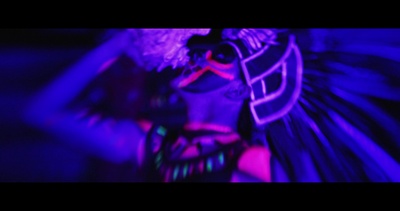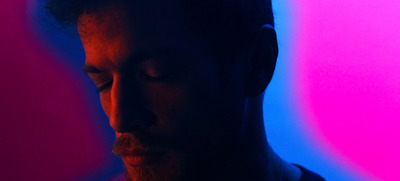Everything about the color Fuscia
The meaning of the color fuscia and color combinations to inspire your next creation.
Browse images in the color fuscia
What color is fuscia?
Fuscia is a vibrant, eye-catching color that sits between red and blue on the color wheel, often associated with boldness and creativity.
What are similar colors to fuscia?
For variations within the same vibrant spectrum as fuscia, consider:
- Fuchsia (#FF00FF) is essentially the same color, often used interchangeably with fuscia.
- Magenta (#FF00FF) shares fuscia's bright, vivid hue, making it a close match.
- Hot Pink (#FF69B4) is a slightly lighter, more playful version of fuscia.
- Rose (#FF007F) offers a softer, more romantic take on fuscia's boldness.
What color goes with fuscia?
To complement fuscia's vibrant tones, consider pairing it with:
- Teal (#008080) provides a cool, calming contrast to fuscia's intensity.
- Lavender (#E6E6FA) adds a touch of elegance with its soothing, purple-tinged hue.
- Mint (#98FF98) offers a crisp, cool contrast that looks good with the richness of fuscia.
- Gold (#FFD700) adds a luxurious touch, enhancing fuscia's boldness.
What color conflicts with fuscia?
To avoid clashing with fuscia's vibrant hue, consider avoiding:
- Red (#FF0000) can create an overwhelming visual effect when paired with fuscia.
- Orange (#FFA500) might compete with fuscia's brightness, leading to a jarring combination.
- Yellow (#FFFF00) can clash with fuscia's vividness, making the combination too intense.
- Brown (#A52A2A) may dull the vibrancy of fuscia, leading to an unappealing mix.
What does the color fuscia represent?
Fuscia represents creativity, confidence, and individuality, often associated with artistic expression and bold statements. Psychologically, it can evoke feelings of excitement and passion, inspiring action and enthusiasm. In art, photography, and design, fuscia is used to draw attention, create focal points, and convey a sense of modernity and innovation.
What's the history of fuscia?
The name "fuscia" is often a misspelling of "fuchsia," named after the fuchsia flower, which was discovered by French botanist Charles Plumier in the late 17th century. The color gained popularity in the 19th century and has since become a staple in fashion and design for its bold and vibrant appeal. In modern times, fuscia is widely used in branding and digital media to make impactful visual statements.
Color Variations
Shades
Tints
Hues
Color Palettes
Monochromatic
Complementary
Analogous
Triadic
Tetradic
Images with fuscia color
Color Conversions
#FF00FFrgb(255, 0, 255)rgb(100%, 0%, 100%)0, 100, 0, 0hsl(300, 100%, 50%)300, 100, 100#FF00FF60, 98, -6159, 28, 9760, 116, 32811111111, 00000000, 11111111Color(red: 1, green: 0, blue: 1)UIColor(red: 1, green: 0, blue: 1, alpha: 1.0)Color(0xFFFF00FF)